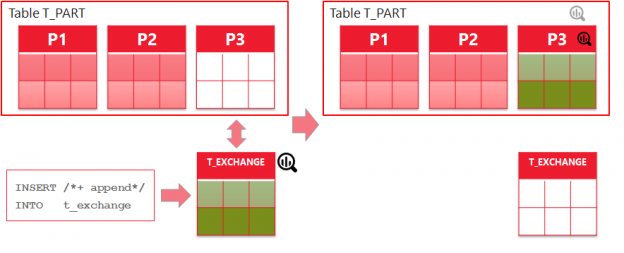Preparing my session on Online Statistics Gathering for ETL for the DOAG conference, I noticed some points that I didn’t covered in the previous two blog posts. The first point is showing the problem that may arise if indexes are involved. The second one is about partition exchange load and it completes the topic of partitioned tables started in part 2. No blog posting on Oracle products is nowadays complete without mentioning the cloud. The third point is about Autonomous Data Warehouse Cloud Service and Online Statistics Gathering improvements. Continue reading

